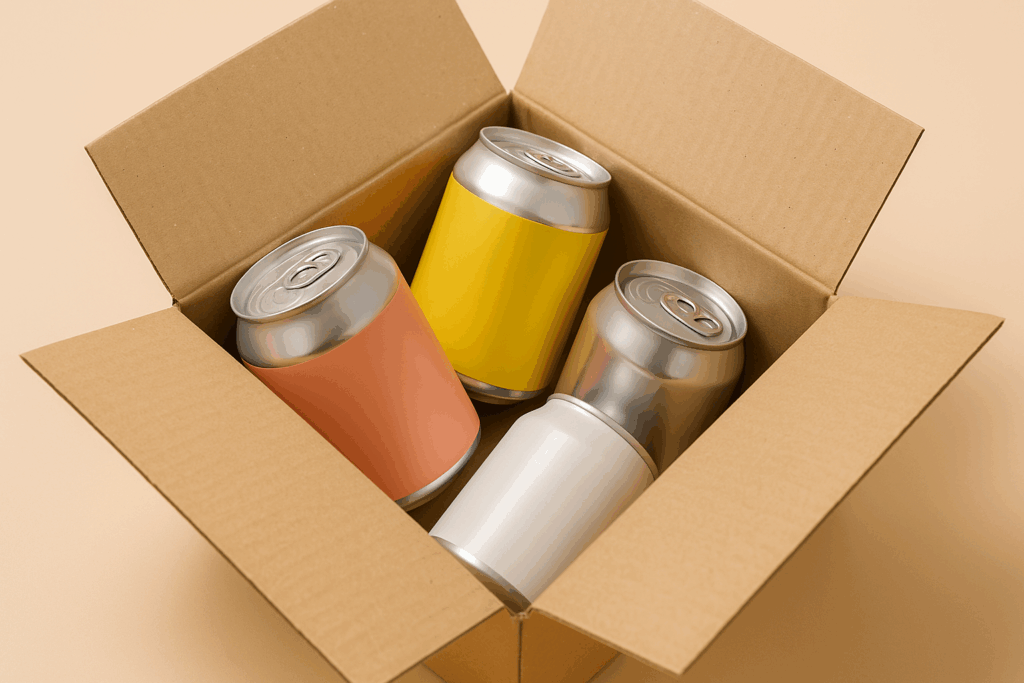First Impressions Happen at the Curb
The booming popularity of food trucks has reshaped how hotels, resorts, and restaurant groups reach guests. What was once a scrappy alternative to brick-and-mortar is now a strategic brand extension. But there’s a catch, in this fast-moving and visually competitive space, your food truck design must do more than just look cool, it has to tell a story that will draw a crowd and support smooth operations.
This blog explores real-world strategies that combine aesthetics with utility. So, your next truck doesn’t just roll up looking good, but delivers like a pro.
Why Food Truck Design Can Make or Break Your Business
Food trucks operate in an ecosystem of sensory overload like festivals, outdoor markets and hotel parking lots. Surrounded by the noise, your food truck design becomes your loudest voice.
It’s not just decoration. It’s your first impression, brand personality, and even your menu’s advocate all rolled into one rolling canvas.
A powerful food truck design influences:
- Foot traffic and visibility at events or street locations
- Operational efficiency (via thoughtful layout and signage)
- Social media engagement and press potential
📦 TIP: According to a report from Toast, 45% of food truck customers discover new trucks by appearance alone, underscoring how design is directly tied to reach and revenue.
How to Pick the Perfect Vehicle for Your Food Truck Concept
Choosing the wrong vehicle can limit your layout options, slow down your team, and reduce your earning potential. For hospitality brands, your vehicle also needs to reflect the level of quality and experience your guests expect.
For instance, a gourmet resort pop-up deserves a design-forward model with premium finishes, not a retrofitted utility van with a vinyl logo slapped on.
Here are key vehicle types and how they align with various hospitality goals:
- Step Vans: Common choice for high-volume service. Great for festivals and hotel partnerships with consistent menus.
- Food Trailers: Ideal for semi-permanent locations or beachside hospitality properties. Offers more space but requires towing.
- Airstreams or Retro Vans: Perfect for experiential marketing. These often attract attention even before you serve food.
- Compact Carts: Useful for boutique hotels or resorts offering late-night snacks or poolside bites. Less capacity, but highly mobile.
What It Takes to Operate a Food Truck
Design without logistics is decoration. A beautifully wrapped food truck will fail fast if it doesn’t function efficiently. Hospitality professionals must balance aesthetics with the real-world demands of food service, especially when trying to uphold brand standards outside traditional kitchens.
Here’s what effective food truck operation demands:
- Ventilation & Electrical Systems: Poor airflow and power surges are among the top causes of breakdowns.
- Menu-Equipment Fit: Your design must support your menu-equipment such as espresso machines, fryers, or pizza ovens all have different requirements.
- Customer Flow: Where will guests line up? How do you manage wait times or visibility during events?
- Staff Workflow: Tight spaces demand precision. Poor design can lead to staff collisions or slowdowns.
- Waste & Water Management: Crucial for multi-day hotel events or areas with stricter codes.
Planning an Efficient and Customer-Friendly Truck Layout
Inside the food truck, every square inch counts. Staff should be able to prep, cook, and serve without bumping into each other. Outside, you want to avoid confusion around where to order, pay, or pick up food. A cluttered or counterintuitive layout can create frustration, especially during rush hours.
Here’s a quick checklist of layout principles that enhance usability and experience:
- Position the order window far from the pick-up point to reduce crowding.
- Keep prep surfaces near cold storage and cooklines to save movement time.
- Install transparent sneeze guards to maintain visibility without sacrificing hygiene.
- Use exterior signage or floor markers to direct customer flow.
- Reserve wall space for QR codes or digital menus that reduce bottlenecks.
Key Ingredients of an Effective Food Truck Design
Design is the manifestation of your plan, not an afterthought. Effective food truck design, however, is more than just paint jobs and logos. Your story is told through a blend of experience design, functionality, and visual identity that maintains flawless service.
Let’s break down what every food truck with a hospitality focus needs to have:
- Strong and Memorable Branding: Your truck should reflect the quality and personality of your brand. This includes logo placement, typography, and messaging that’s easy to read at a distance or on social media.
- Eye-catching color palette: Color affects mood, perception, and memory in addition to being purely decorative. Make use of color schemes that complement your business identity and set your truck apart from the competition.
- Customs graphics and murals: Vibrant graphics, patterns, or textures can help your truck become instantly identifiable and very viral. To produce something original, think about working with a local illustrator or artist.
- Clutter-free and Functional Setup: Customers are confused by too many competing visual components. Make sure your design is simple and includes clear calls to action, such as where to place an order or scan a menu.
- Consistency in Branding: From staff uniforms to menu design, every brand touchpoint should feel like part of the same story. This is especially important if you operate multiple hospitality concepts or locations.
Crafting a Standout Brand Identity for Your Food Truck
A food truck without a distinct personality is just another meal on wheels.
In the hospitality space, brand equity is everything and that should extend to your mobile ventures. Your food truck should feel like an extension of your restaurant concept. This includes tone of voice, menu language, packaging, and even background music.
To craft a brand identity that stands out, consider these steps:
- Develop a design brief that aligns with your main hospitality brand’s tone and audience.
- Use storytelling elements: name your dishes, reference local culture, or tie into your property’s theme.
- Include subtle but memorable quirks: a signature catchphrase on your napkins, or a staff outfit that references your hotel’s decor.
- Keep it flexible: your truck might attend very different events. Create a modular identity system that allows some adaptation without losing consistency.
Design Features Every Food Truck Should Include
Not all design choices are cosmetic. Some are non-negotiable if you want to compete and serve effectively in the hospitality space. These are the strategies features that ensure your food truck performs under pressure and delights every customer.
Must-have features:
- Fold-Out Awnings: Provide shade and signal hospitality. Essential for hotel or resort-based trucks.
- Exterior Lighting: LED accents or under-glow help you stand out at night markets or events.
- Digital Menu Boards: Easily updated and readable, especially when syncing with seasonal promotions.
- Order Pickup Shelf: Speeds up hand-offs and keeps queues moving.
- Social-First Design Element: A logo wall, quirky sign, or hashtag to drive user-generated content.
Design Is More Than Decoration
Food truck design is about strategy, storytelling, and service. Your truck isn’t just a kitchen it’s a canvas, a billboard, a service station, and a guest experience zone. When those elements work in harmony, your brand becomes mobile in the best possible sense.
Ready to bring your food truck vision to life with expert design?
🚚 Partner with MAVRK Studio to craft a mobile brand experience that stands out.





